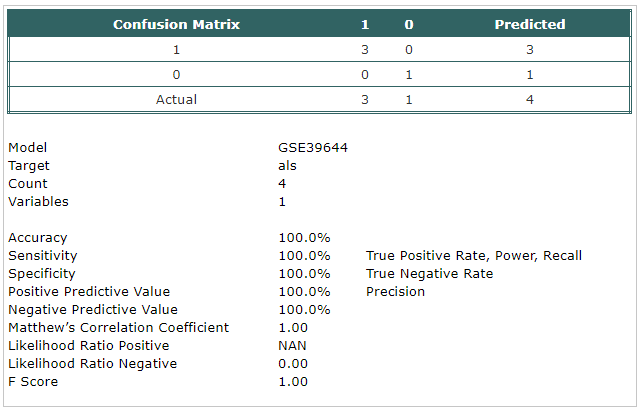- Amyotrophic lateral sclerosis (ALS) is a progressive disease associated with neuronal cell death that is thought
to involve aberrant immune responses.
- This study is about
the role of innate immunity in a mouse model of ALS.
- It has been found that
inflammatory monocytes were activated and that their progressive recruitment to the
spinal cord, but not brain, correlated with neuronal loss.
- It has also been found
that a decrease in resident microglia in the spinal cord with disease progression.
- Prior to disease onset, splenic Ly6Chi monocytes expressed a polarized
macrophage phenotype (M1 signature), which included increased levels of chemokine receptor CCR2.
- As disease onset neared, microglia expressed increased CCL2 and other chemotaxis-associated molecules, which led
to the recruitment of monocytes to the CNS by spinal cord–derived microglia.
- Treatment with anti-Ly6C mAb modulated the Ly6Chi monocyte cytokine profile, reduced monocyte recruitment to the spinal cord, diminished
neuronal loss, and extended survival.
- In humans with ALS, the analogous monocytes (CD14+CD16–) exhibited
an ALS-specific microRNA inflammatory signature similar to that observed in the ALS mouse model, linking
the animal model and the human disease.
- Thus, the profile of monocytes in ALS patients may serve as a biomarker
for disease stage or progression.
- This study suggests that recruitment of inflammatory monocytes plays
an important role in disease progression and that modulation of these cells is a potential therapeutic approach.
|

